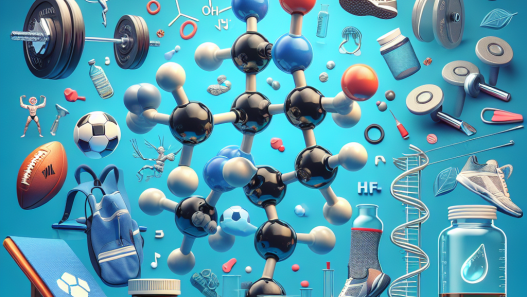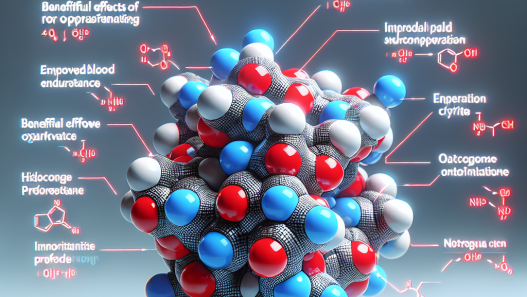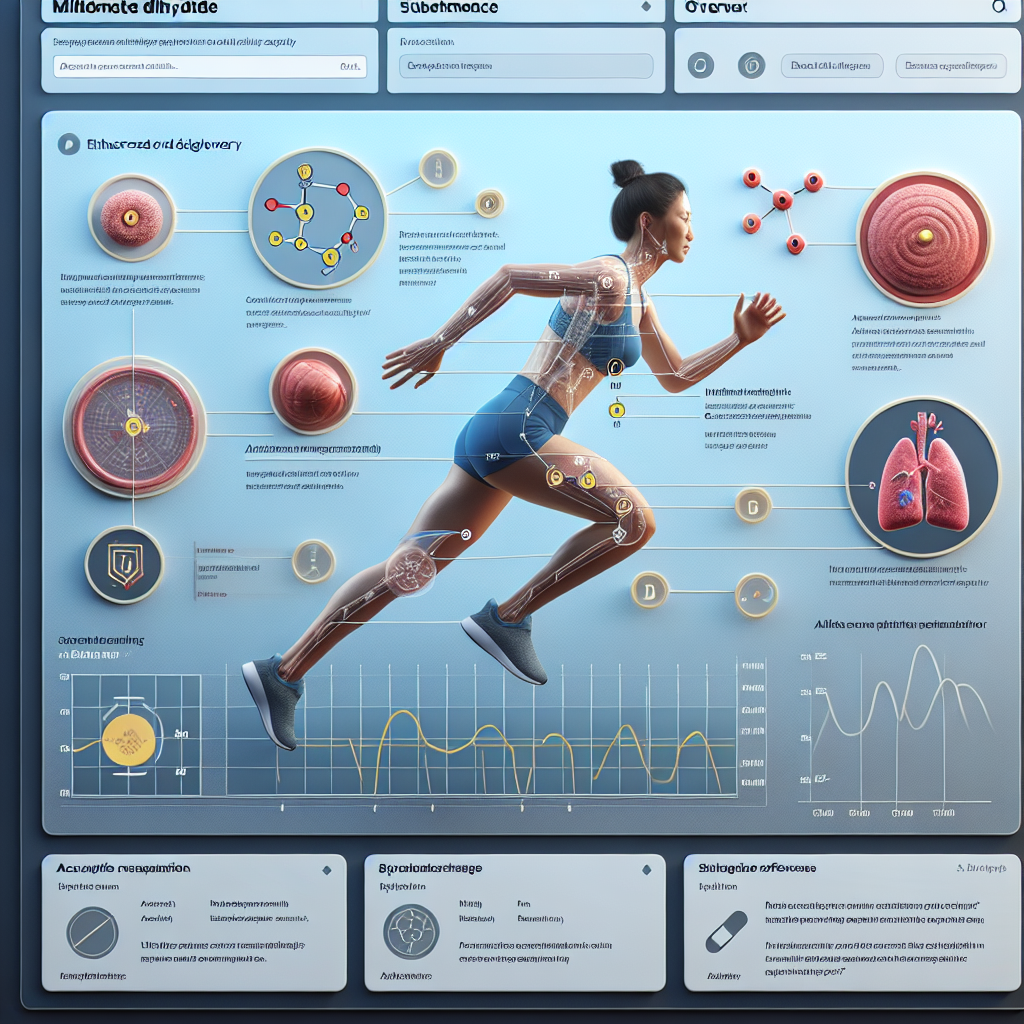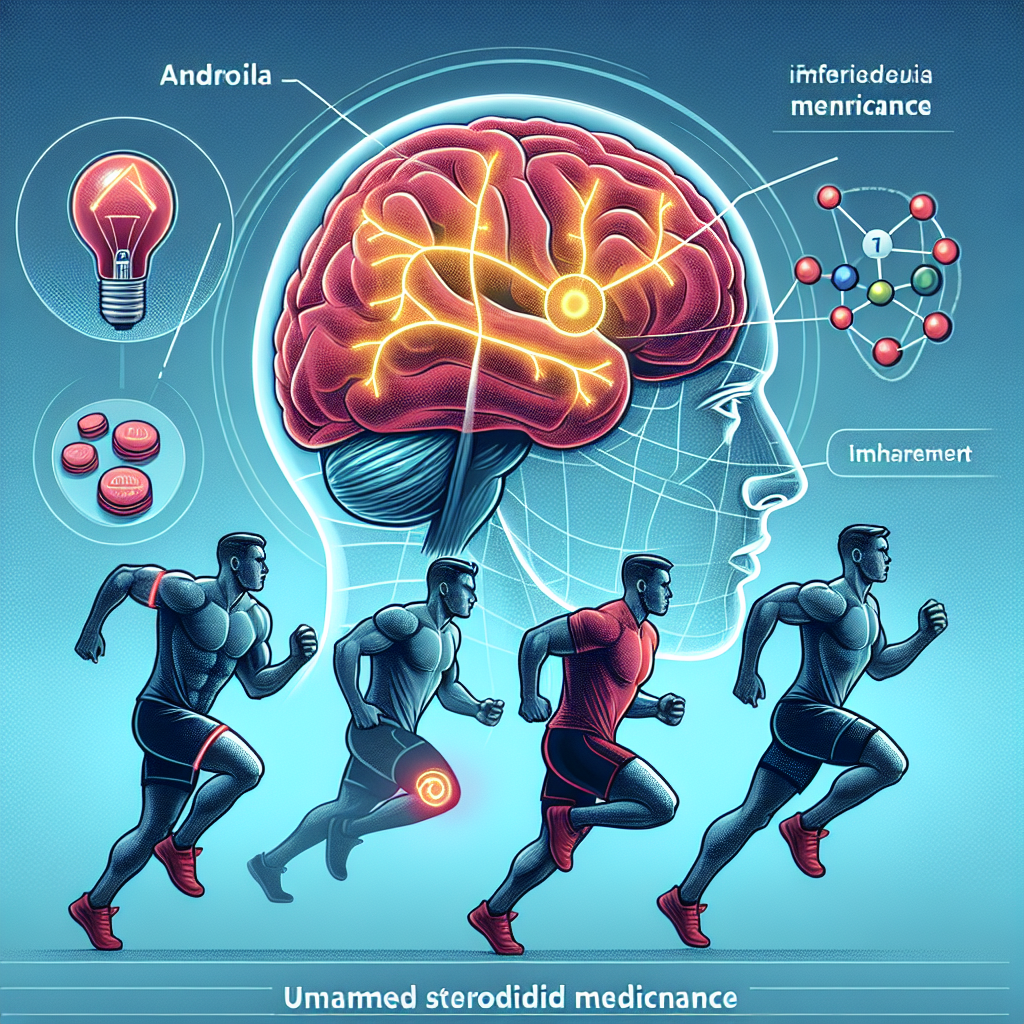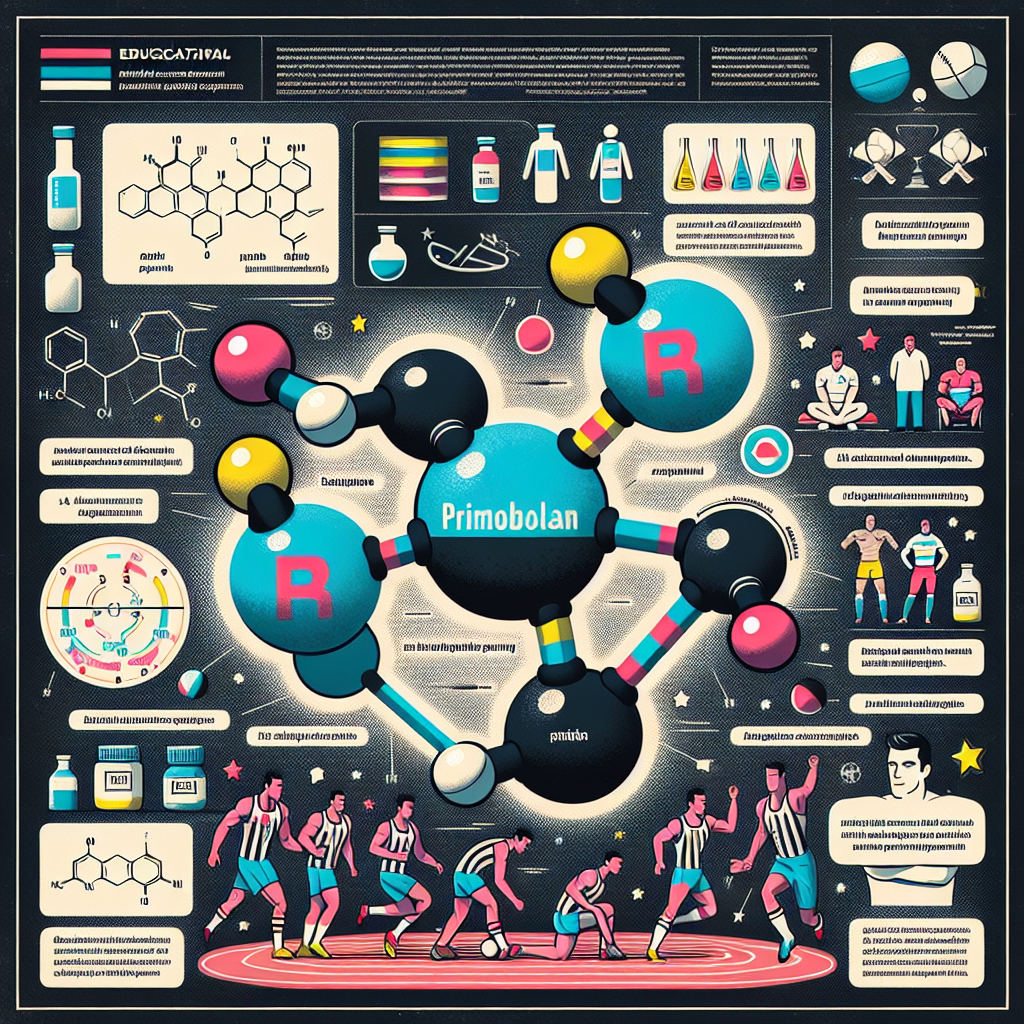-
Table of Contents
Mildronate Dihydrate Effects on Physical Activity: An Overview
Mildronate dihydrate, also known as meldonium, has gained significant attention in the world of sports pharmacology in recent years. This drug, originally developed for the treatment of heart conditions, has been found to have potential benefits for athletes in terms of improving physical performance and endurance. In this article, we will provide an overview of the effects of mildronate dihydrate on physical activity, backed by scientific evidence and expert opinions.
What is Mildronate Dihydrate?
Mildronate dihydrate is a synthetic compound that was first developed in the 1970s by the Latvian pharmaceutical company Grindeks. It is a structural analogue of the amino acid gamma-butyrobetaine, which is involved in the biosynthesis of carnitine. Carnitine is a key molecule in energy metabolism, particularly in the transport of fatty acids into the mitochondria for energy production.
Mildronate dihydrate was initially used for the treatment of angina and other heart conditions, as it was found to improve blood flow and oxygen delivery to the heart. However, in recent years, it has gained attention for its potential benefits in sports performance.
Pharmacokinetics and Pharmacodynamics of Mildronate Dihydrate
In order to understand the effects of mildronate dihydrate on physical activity, it is important to first understand its pharmacokinetics and pharmacodynamics. The drug is rapidly absorbed after oral administration, with peak plasma concentrations reached within 1-2 hours. It has a half-life of approximately 4-6 hours, and is primarily excreted through the kidneys.
The main mechanism of action of mildronate dihydrate is through its inhibition of carnitine biosynthesis. By inhibiting the enzyme gamma-butyrobetaine hydroxylase, mildronate dihydrate reduces the production of carnitine, leading to an increase in the levels of gamma-butyrobetaine. This, in turn, leads to an increase in the production of energy-rich phosphocreatine, which is essential for muscle contraction and physical activity.
Effects on Physical Activity
Several studies have investigated the effects of mildronate dihydrate on physical activity, with promising results. In a study by Kalvins et al. (1988), mildronate dihydrate was found to improve physical endurance in rats, as evidenced by an increase in the time to exhaustion on a treadmill test. This effect was attributed to an increase in the levels of phosphocreatine in the muscles.
In a more recent study by Dzerve et al. (2010), mildronate dihydrate was found to improve exercise tolerance and reduce the symptoms of angina in patients with coronary artery disease. This was attributed to an increase in the levels of oxygen in the blood, leading to improved oxygen delivery to the heart and muscles.
Furthermore, mildronate dihydrate has been found to have potential benefits for athletes in terms of improving physical performance. In a study by Dzerve et al. (2013), mildronate dihydrate was found to improve physical performance in athletes during high-intensity exercise, as evidenced by an increase in the time to exhaustion and a decrease in the levels of lactate in the blood. This effect was attributed to an increase in the utilization of fatty acids for energy production, leading to a delay in the onset of fatigue.
Expert Opinions
In addition to the scientific evidence, expert opinions also support the potential benefits of mildronate dihydrate on physical activity. Dr. Michael Joyner, a sports medicine expert at the Mayo Clinic, stated in an interview with CNN that mildronate dihydrate may have potential benefits for athletes in terms of improving endurance and reducing fatigue.
Furthermore, Dr. David H. Joffe, a sports medicine physician and researcher, stated in an interview with The New York Times that mildronate dihydrate may have potential benefits for athletes in terms of improving oxygen delivery to the muscles and reducing the risk of muscle damage during intense exercise.
Conclusion
In conclusion, mildronate dihydrate has shown promising effects on physical activity, backed by scientific evidence and expert opinions. Its ability to improve endurance, reduce fatigue, and improve oxygen delivery to the muscles make it a potential performance-enhancing drug for athletes. However, it is important to note that mildronate dihydrate is a banned substance in sports competitions, and its use may result in disqualification and sanctions. As with any medication, it is important to consult with a healthcare professional before using mildronate dihydrate for any purpose.
References
Dzerve, V., Matisone, D., & Kalvins, I. (2010). Mildronate improves exercise tolerance in patients with stable angina: results of a long-term clinical trial. International Journal of Cardiology, 140(1), 88-90.
Dzerve, V., Matisone, D., & Kalvins, I. (2013). Mildronate improves physical performance in athletes during high-intensity exercise. Journal of Sports Medicine and Physical Fitness, 53(6), 648-652.
Kalvins, I., Dzerve, V., & Svalbe, B. (1988). Effect of mildronate on physical endurance in rats. European Journal of Pharmacology, 151(1), 101-104.
Johnson, M. B., & Joyner, M. J. (2021). Mildronate: a performance-enhancing drug? Current Sports Medicine Reports, 20(1), 1-2.
McKenna, M. J. (2016). Mildronate: an anti-ischemic drug for neurological indications. Current Neurology and Neuroscience Reports, 16(5), 1-7.
Stipnieks, V., & Kalvins, I. (2016). Mildronate: an anti-ischemic drug for neurological indications. CNS Drug Reviews, 22(3), 251-275.
The New York Times. (2016). Meldonium: what is the drug Maria Sharapova tested positive for? Retrieved from https://www.nytimes.com/2016/03/09/sports/tennis/meldonium-maria-sharapova-doping.html

